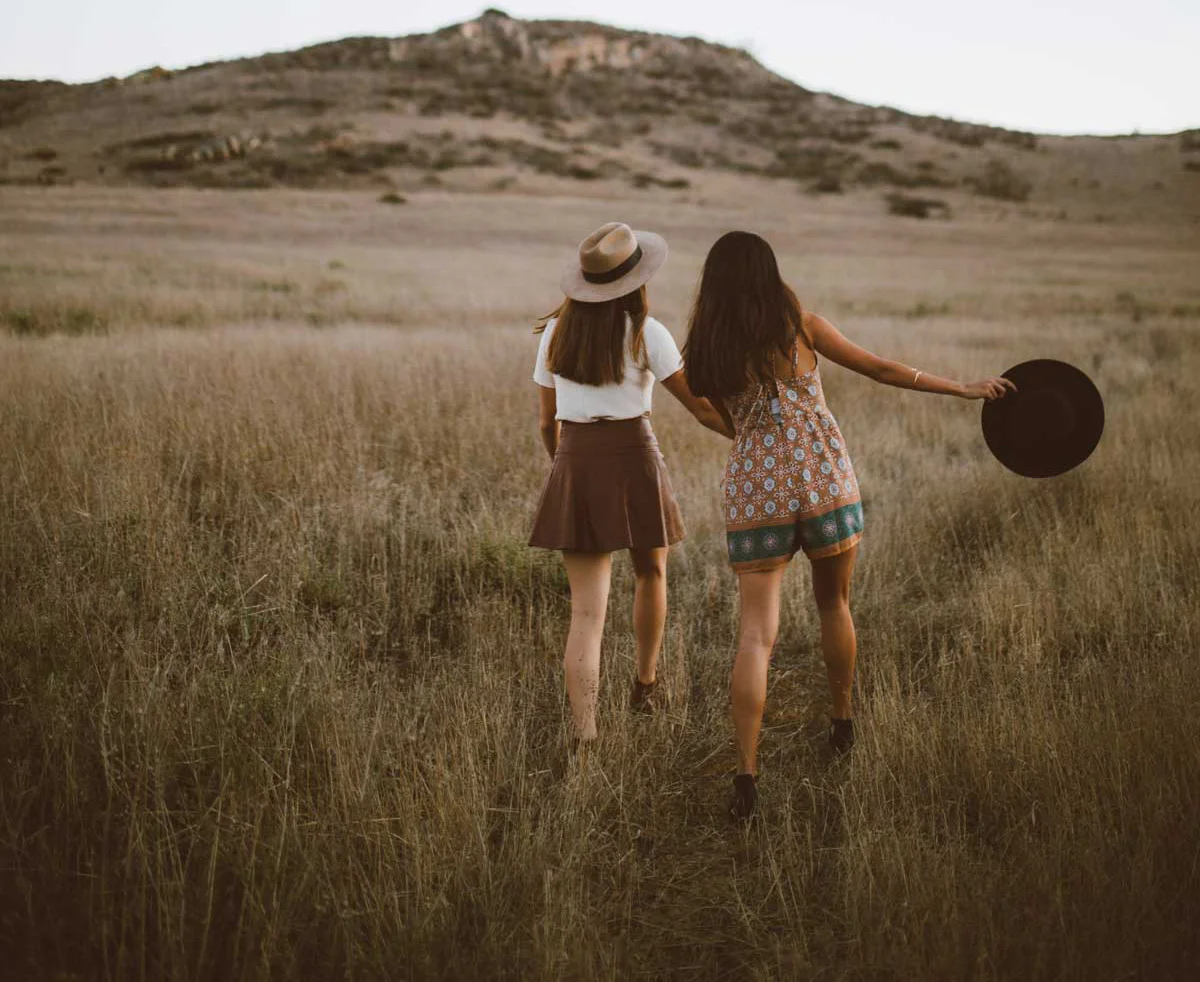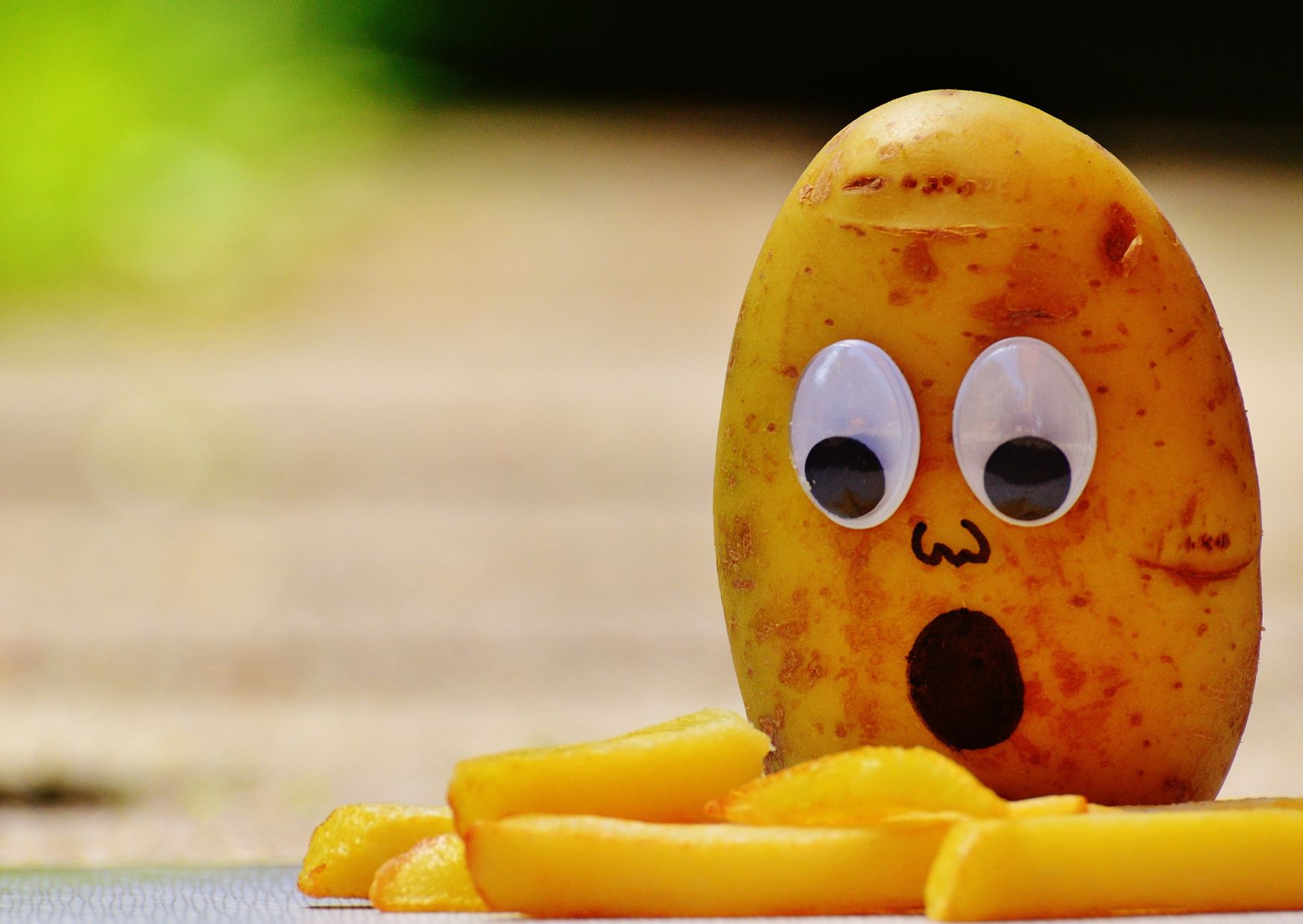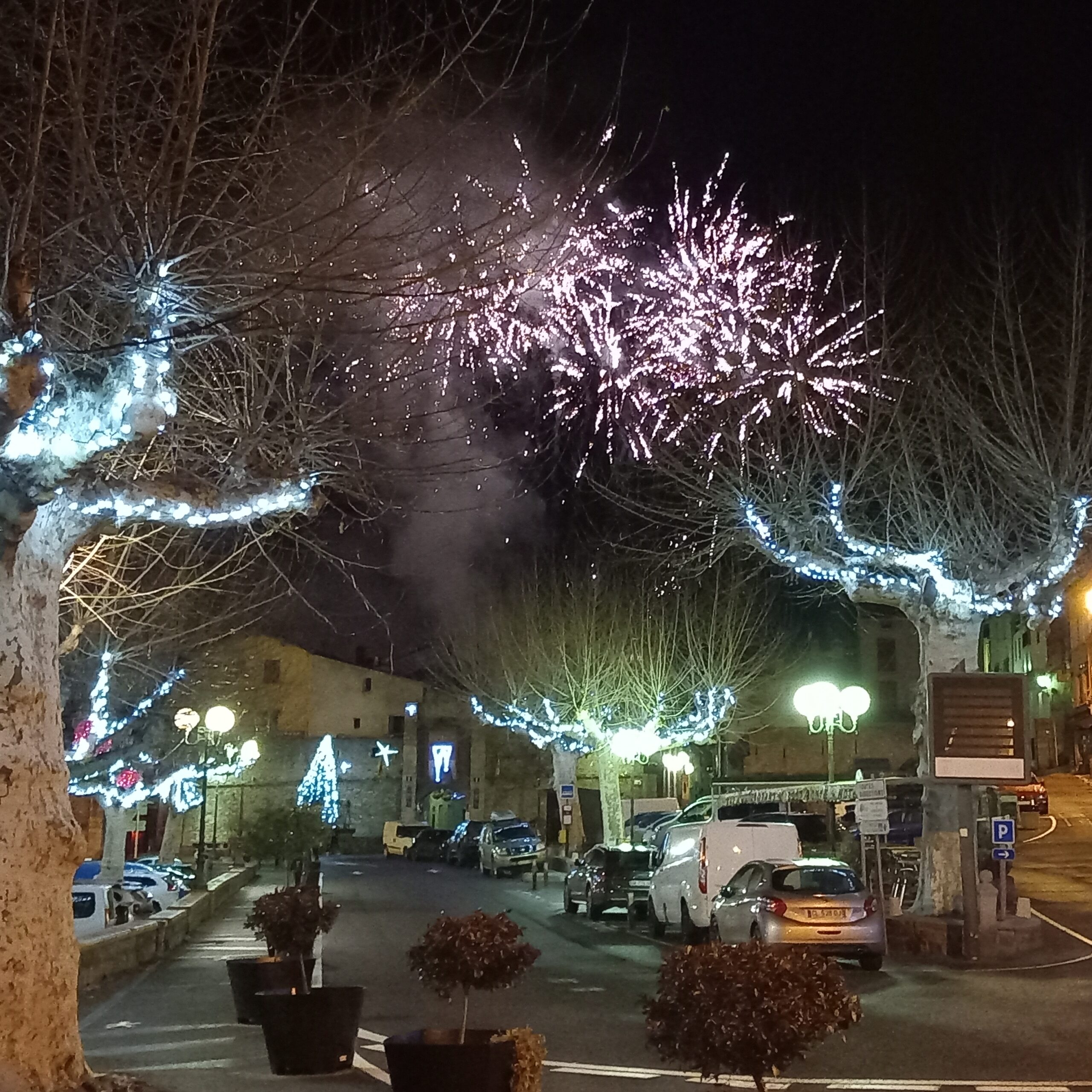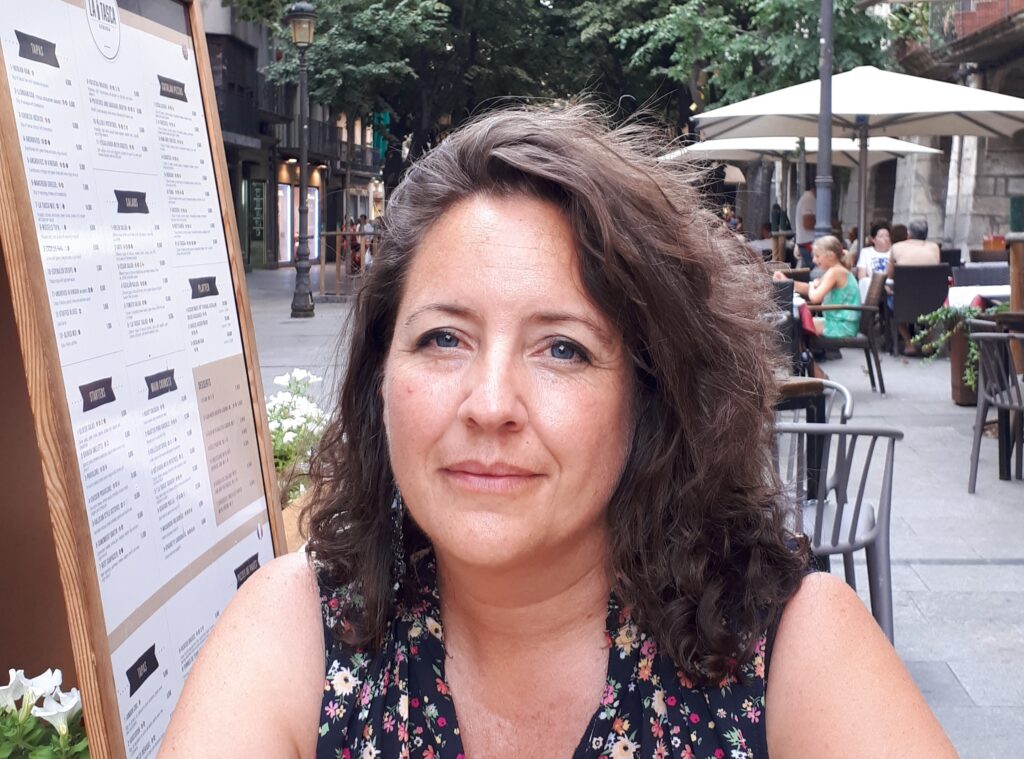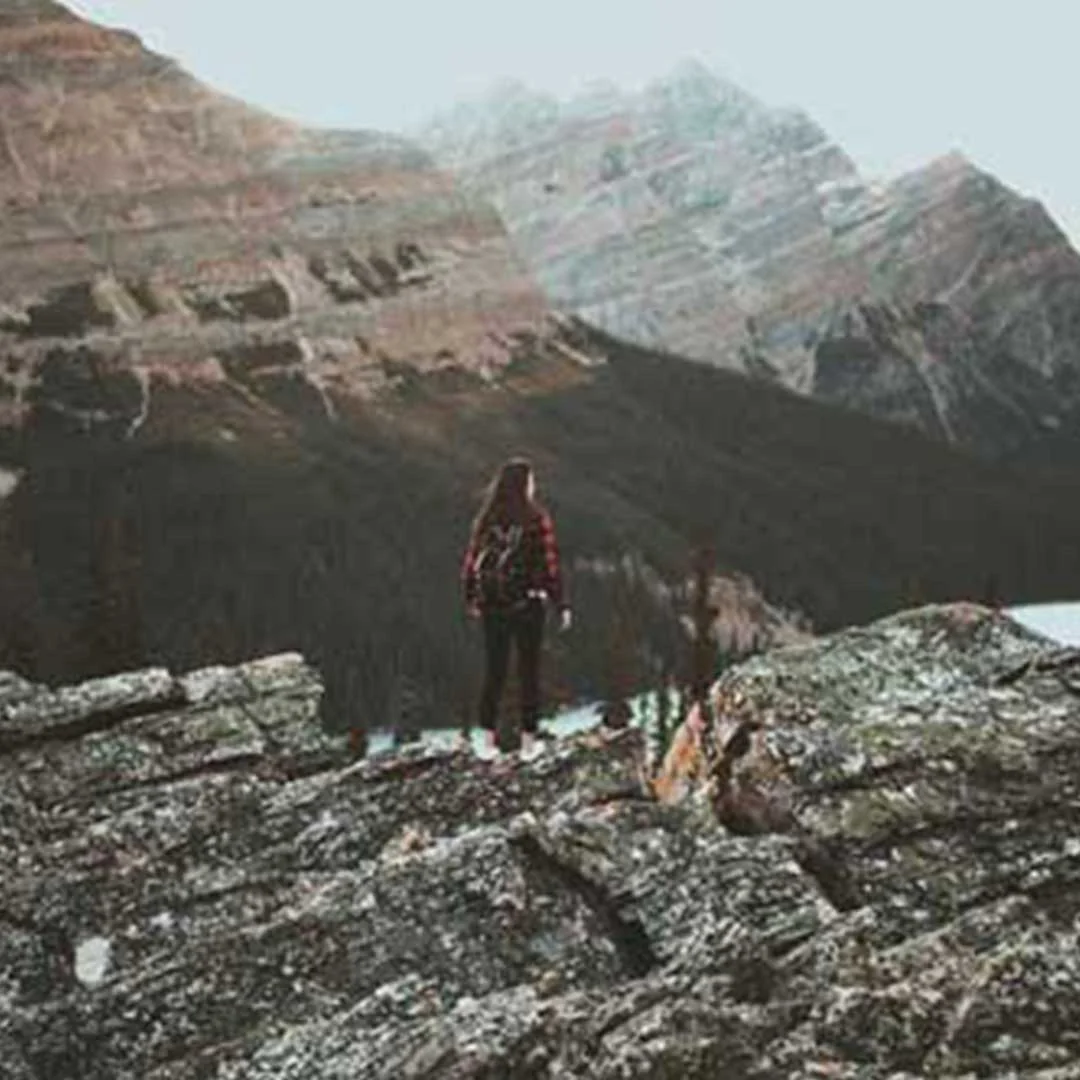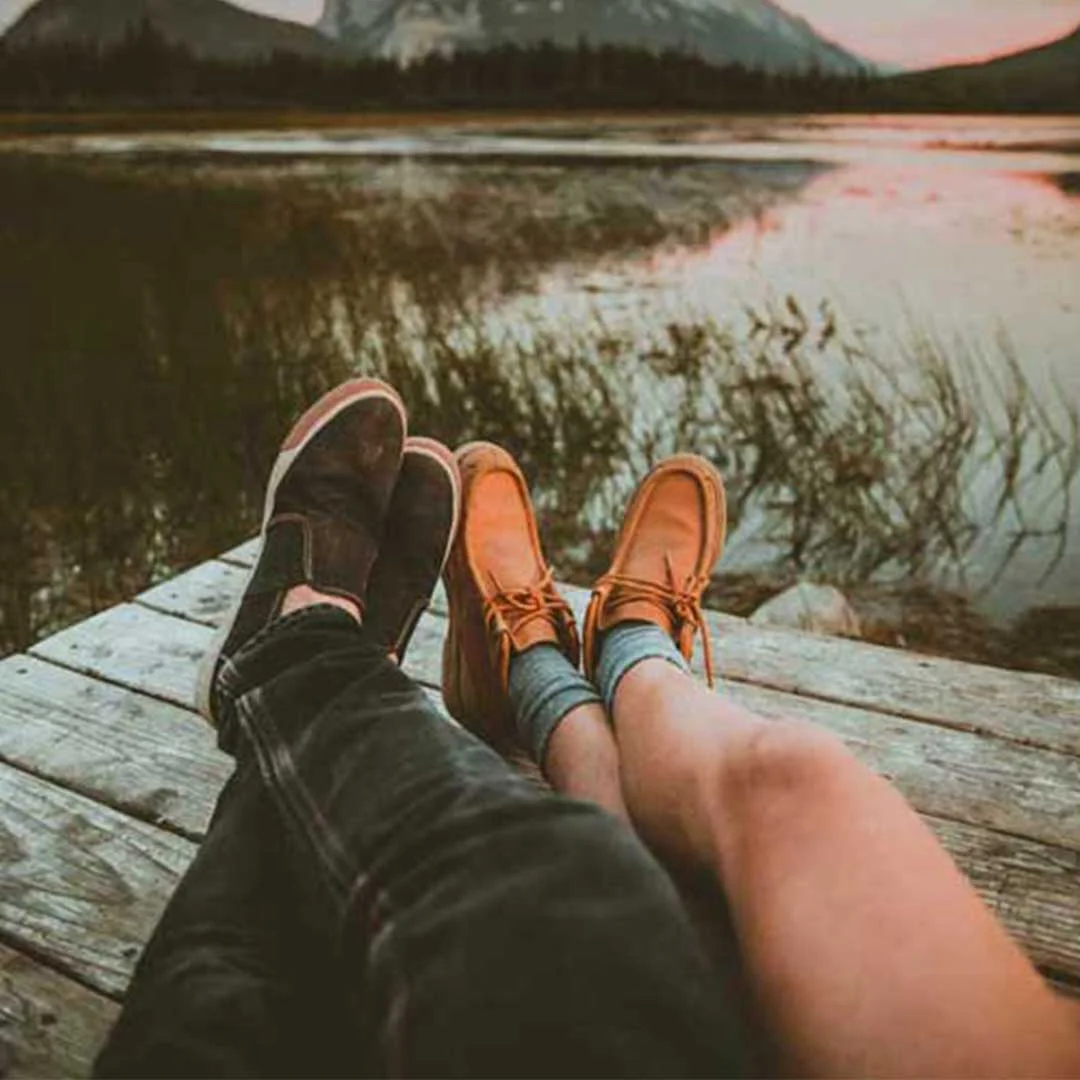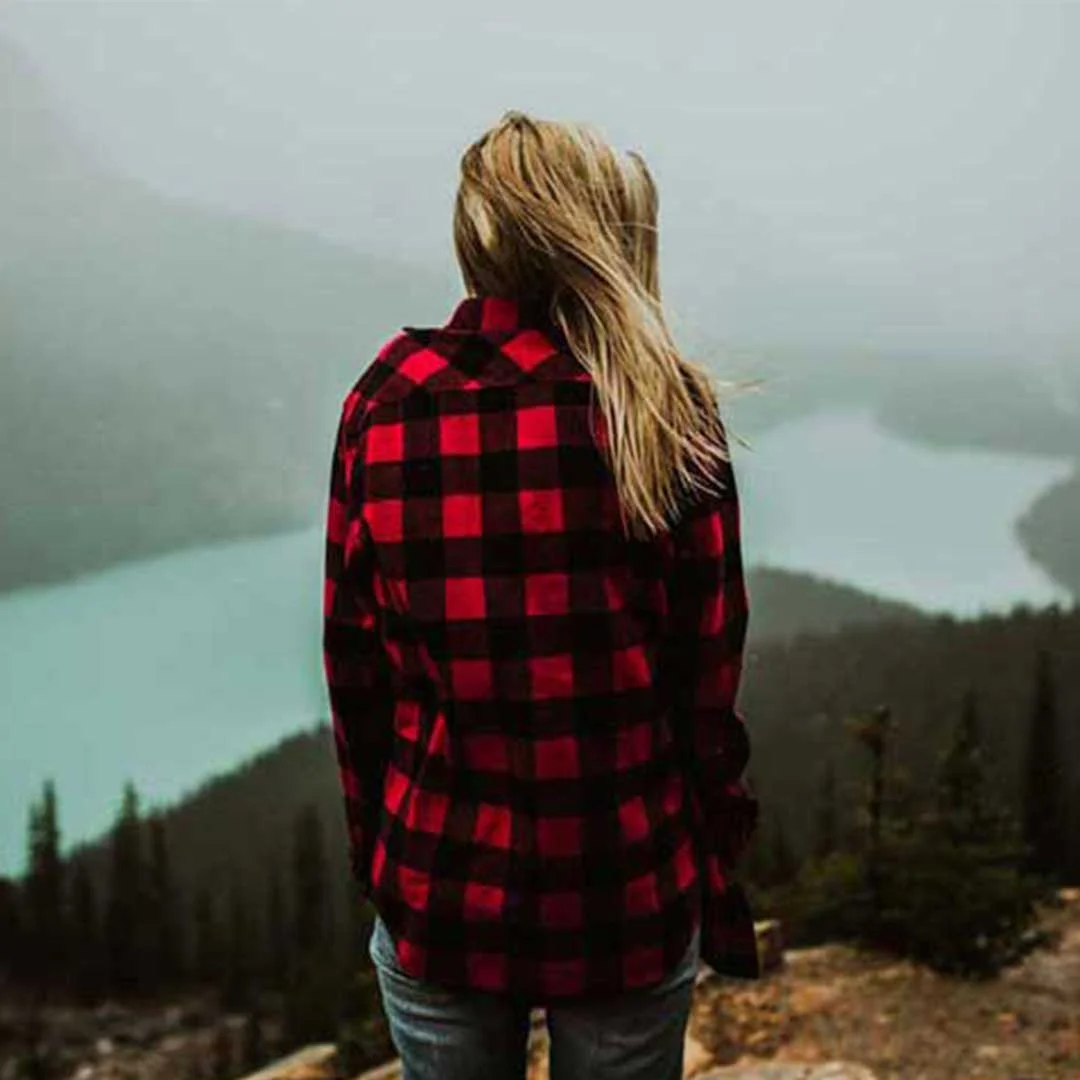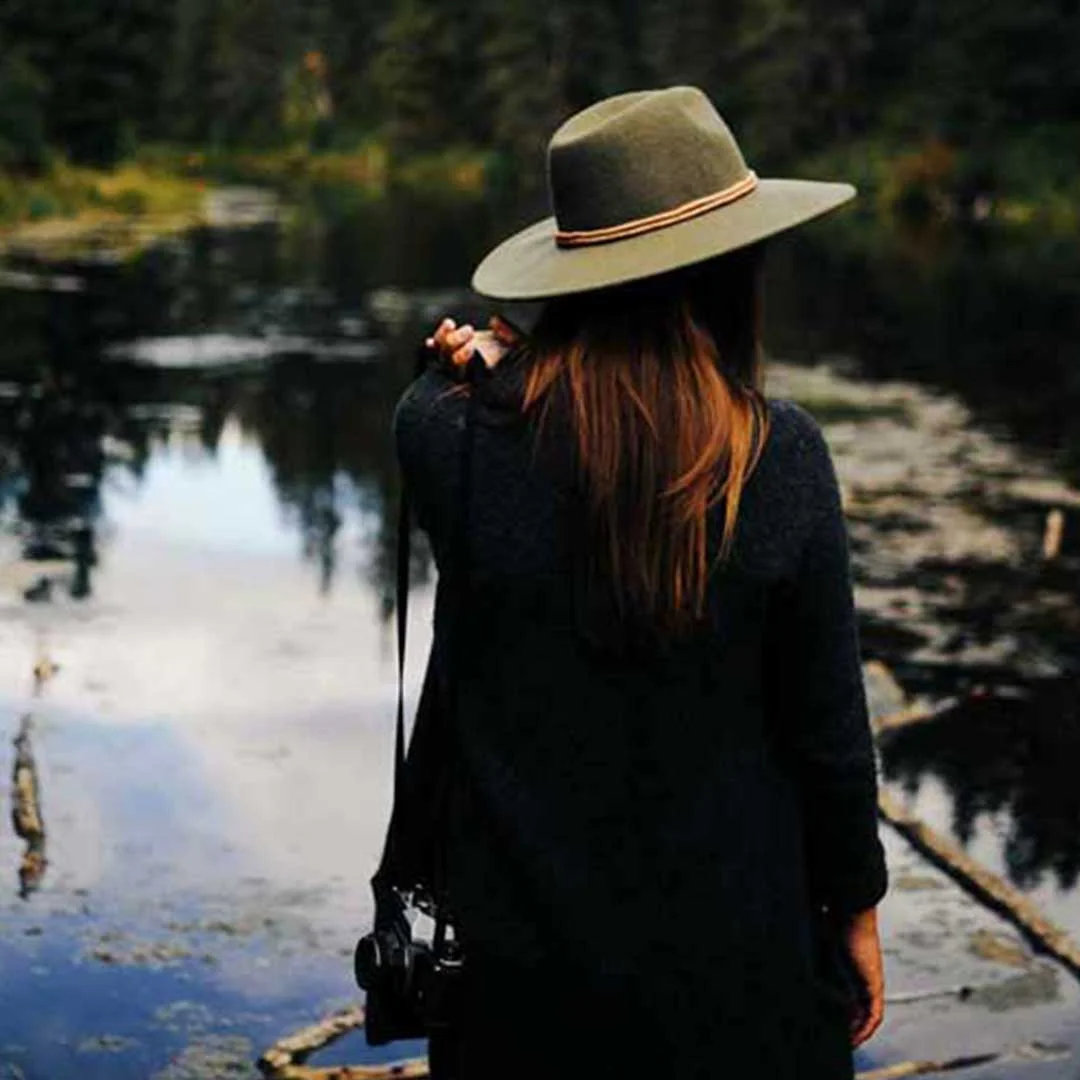It was only whilst writing a travel article about Montauban (82000) that I realised how ill-prepared I was to tackle this project. It is easy to write an article about a place that you have just experienced, and where you can gush and gabble on about the smells and sounds, the unique memories and people you have just met. But the “Montauban article” was my nemesis. When you have lived near and made a town part of your home for over twenty years, it is almost impossible to look at it with fresh eyes.
I realised that I had to go back to basics.
I had to ask myself familiar key questions which everyone who wants to have a career in travel writing needs to consider when embarking on such a project.
What is the purpose of the article?
Firstly you need to ask yourself what is the purpose of the article? Do you want to talk about the graffiti in Rio de Janeiro, or the cheese-rolling competions in Gloucestershire? Do you want to wax lyrical about the architecture in Paris, and talk about the historical milestones reflected in her buildings? Travel articles are meant to give you a glimpse into a foreign place, or experience a different angle from the familiar route. It can give novel information on perhaps a new art installation, or provide a unique personal perspective on a familiar tourist icon such as Buckingham Palace.
Who is your audience?
Your audience are the people who you’d expect to read the article, and who could get the most out of it. You would hardly write an article for primary school children about migration problems in Paris, however you would consider looking at Gothic art including famous gargoyles. Would you mix food and travel, or music and travel for example? Of course, if it has relevance. The Flamenco music in Barcelona could make a great starting point for a tourist article, or a new slant on the Creole food in New Orleans. Once you have your audience in mind, you can focus on your “reader profile”. Perhaps “Sarah” from Brighton, who has been dreaming all her life to visit Peru and start a llama farm. It makes the plan of the article easier to envisage, and the decisions of what information would be relevant quickly evaluated.
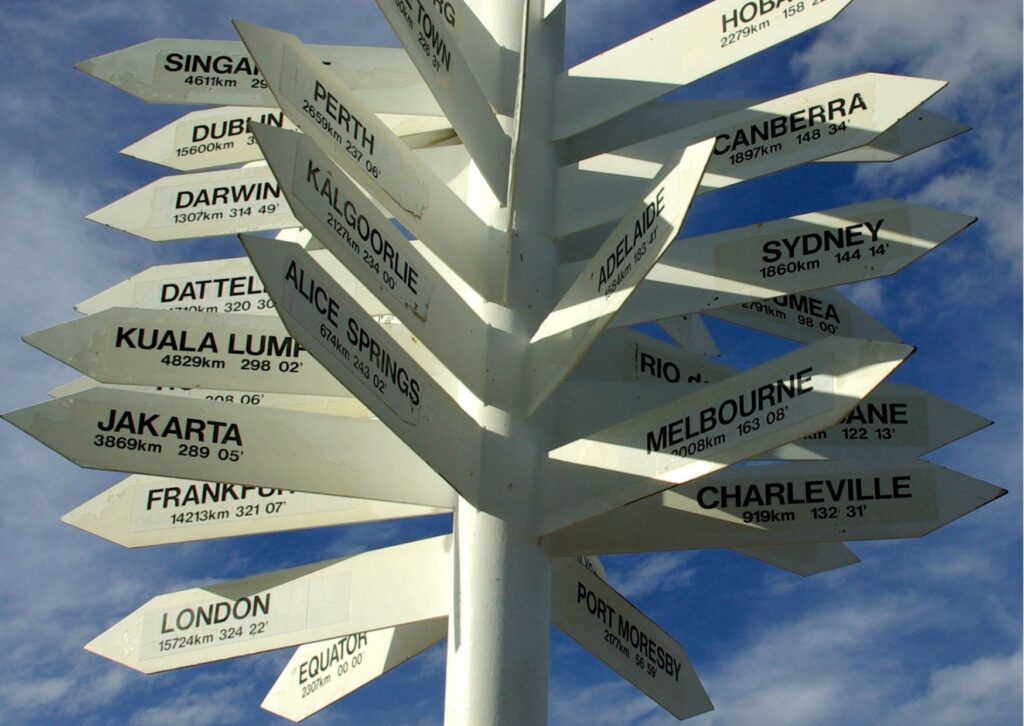
What is the story?
You always need some sort of story. People need to know your journey, and be able to relate and empathise with you and your experiences. You might want to leave “signposts” through the article with bullet points, subheadings or even pictures with captions. These draw the audience in, and carry them through the article. They are also good ways of letting your audience revisit interesting or relevant parts of your article at a later date.
In the end you want to entertain the reader and make them remember your article years later. Anecodotes and quotations can all add to the overall enjoyment of the piece.
What value does the article have?
An article has to provide “value” to the reader. That could be through offering a different perspective of the culture, important places to visit on the tourism circuit or hidden parts of an area that only someone knowledgeable could be able to impart. It is here, where you could add links to websites of places to visit, with important information such as opening times and how to get there.
What sort of writing style should I adopt?
A strong sense of your personality should shine through. You might hold onto a certain viewpoint such as that of a young mother with children or an older couple with dogs. This will give you a different perspective and can create a following from a specific type of audience.
Make sure that your writing is clear and concise with a bit of comedy thrown in. Remember you don’t have to be formal, or stick to established rules or conventions. You need to make it your own, and insert some of your own experiences and style into the writing. With a bit of experimentation, you can create a writing style that works well for your readership.
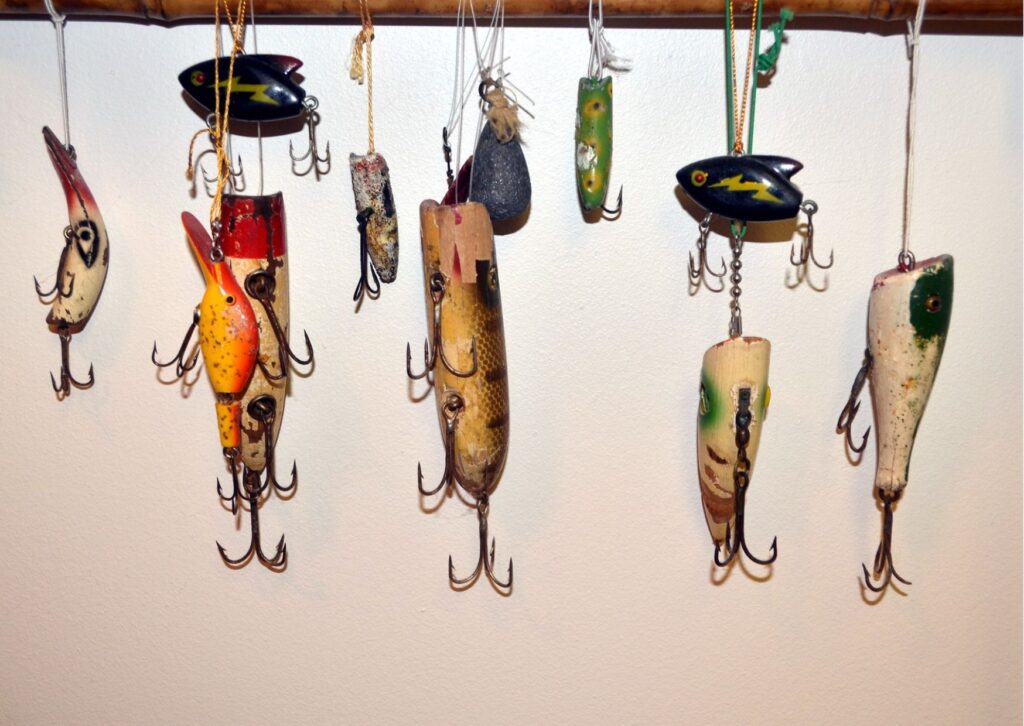
Elements of the article:
– first paragraph
The first paragragh is the hook to the rest of the article, and also perhaps to a long line of successes as a travel writer. You need to inject enough of your personal style and perhaps an anecdote or those to grab the reader’s attention. It could be part of your story, or even a bit of factual information that can highlight or even be the focus for the rest of the article.
– dialogue
A conversational tone and even dialogue can add another facet to your writing style and make it more three-dimensional. It can give humour to the piece, or be a vessel to impart an important fact you wish your reader to know.
– language
The type of language you use is vital to writing any type of piece whether it is a travel article or a short story. You will need to have a bank of useful words, and sometimes the investment in an thesaurus or even reading other travel articles can give you an idea of what is expected. You have to be able to transport the reader into the world your have just experienced, solely through your words (but of course some photos too) describing all the sensations which your five senses would be experiencing. Metaphors and similies can become your friend, as long as you are fresh and exciting rather than conventional and conservative. You should be able to plunge your reader into underwater worlds or jungle scapes that they have never experienced before. Photos can tell one side of the story, but your words will describe how for example the food markets in Malawi smell, enable your readers to hear badgers snuffling late at night in Dorset, or to feel the rubbery soft skin of geckos that climb your safari tent with their tiny suckers.
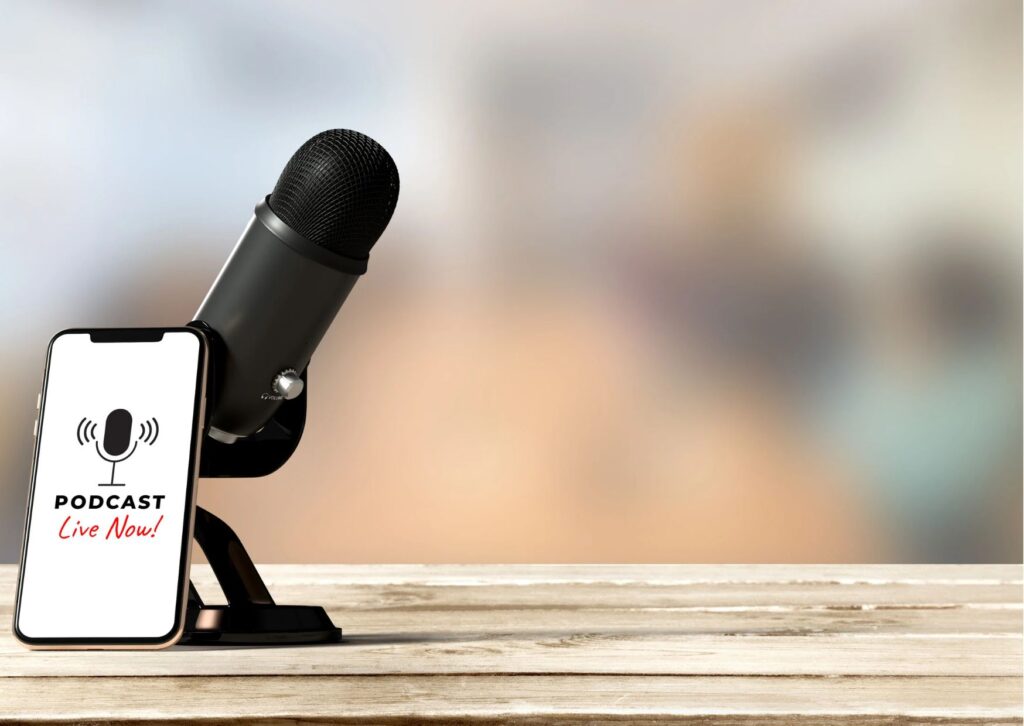
– visual imagery and audio
Photos and any other graphic imagery are there to help you to tell your story. They will give a unique perspective on a travel destination, but also entice your reader to follow in your footsteps. Videos can trace your journey, and transport your reader for a few seconds into a festival, celebration or even just walking down a quiet alley as it winds its way down to the sea. Audio clips can give the reader a quick taste of Occitan music in Ceret, or the opera singer on the street in Edinburgh. They are aids, but your words are the stars of the show.
– conclusion
Remember, a good conclusion should leave your readers wanting to read more of your articles. It should finish off the story you are describing with a flourish, or maybe add a twist to the tale. It could publicise a competition or a challenge, pulling your audience back to the website or the page they are on. You also hope that the readers go to the place you are proposing, as the purpose of a professional article is either to help sell copies of a specific magazine, or a product that is sponsoring you. You are the “clickbait”.
If the article is not up to scratch, then you earn nothing!
Links and references
Weblinks to important sites with extra information such as opening times or children facilities are often important, as it can add to the substance of your article. References to books, famous people, foods or even plants can add to the interest, dependant of course as to who your audience is! I am not sure my son will want to know where all the toilets and dog facilities are, or the opening times for the organic food shops if he is going travelling in Greece. I think he would want links to the parachuting, abseiling and skydiving companies and the local bars. Goodness, where is that drink? Is it too early?
Editing
As with any piece of writing written for an audience (and not just as a personal project), the editing has to be professional. The article should be written in the past tense and in the first person. Over- use of expressions, slang and clichés should be avoided. Spelling, grammar and syntax edited and language checked for repetition and quality.
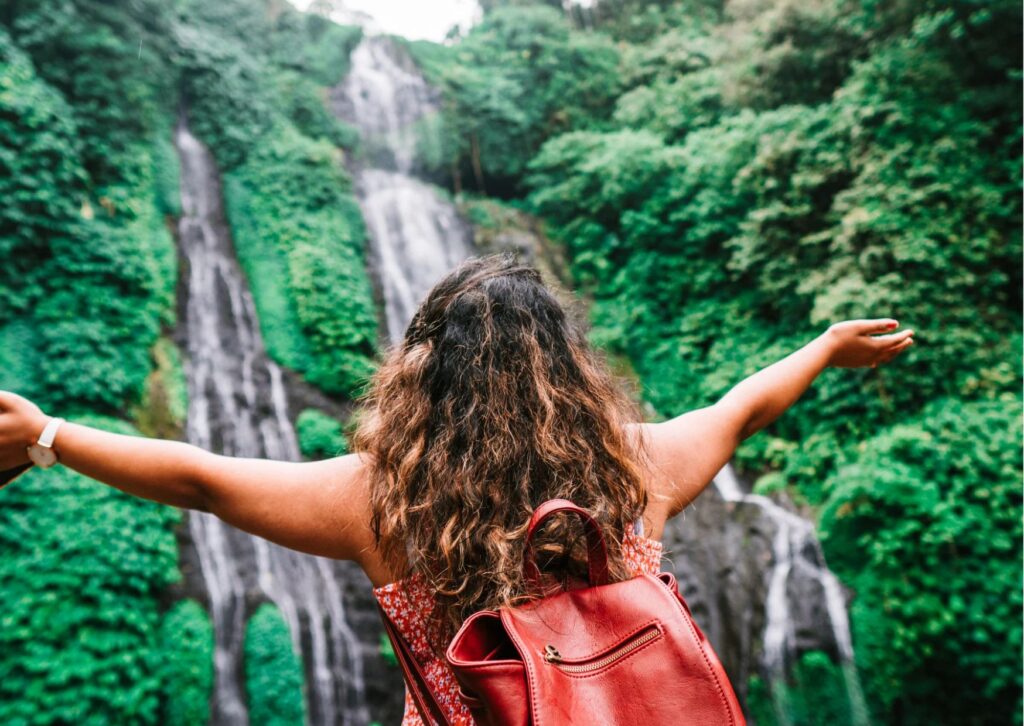
Be confident
Be confident in your abilities. Experiment with language and ideas to put across the vision you are trying to convey. Remember, practice makes perfect and over time you will develop your own style and method of creating a travel article that will draw a following. Once you develop a porfolio of work you can start to showcase that.
Remember, it takes courage to think there is something or wrong or missing in your work. A bit of research, or just revisiting these points to remind yourself what it takes to write a great travel article, takes just a few minutes. Once you have your story that you know someone out there will enjoy, get out your paper and pens and start writing!
MidLife Crisis In France
COPYRIGHT Ⓒ 2023
